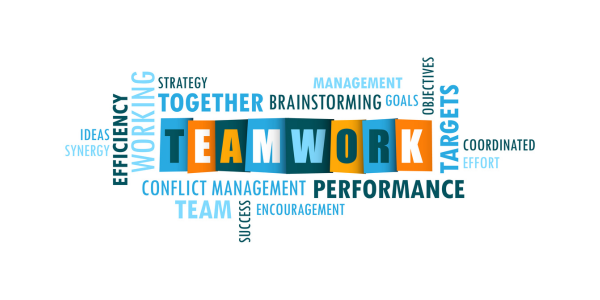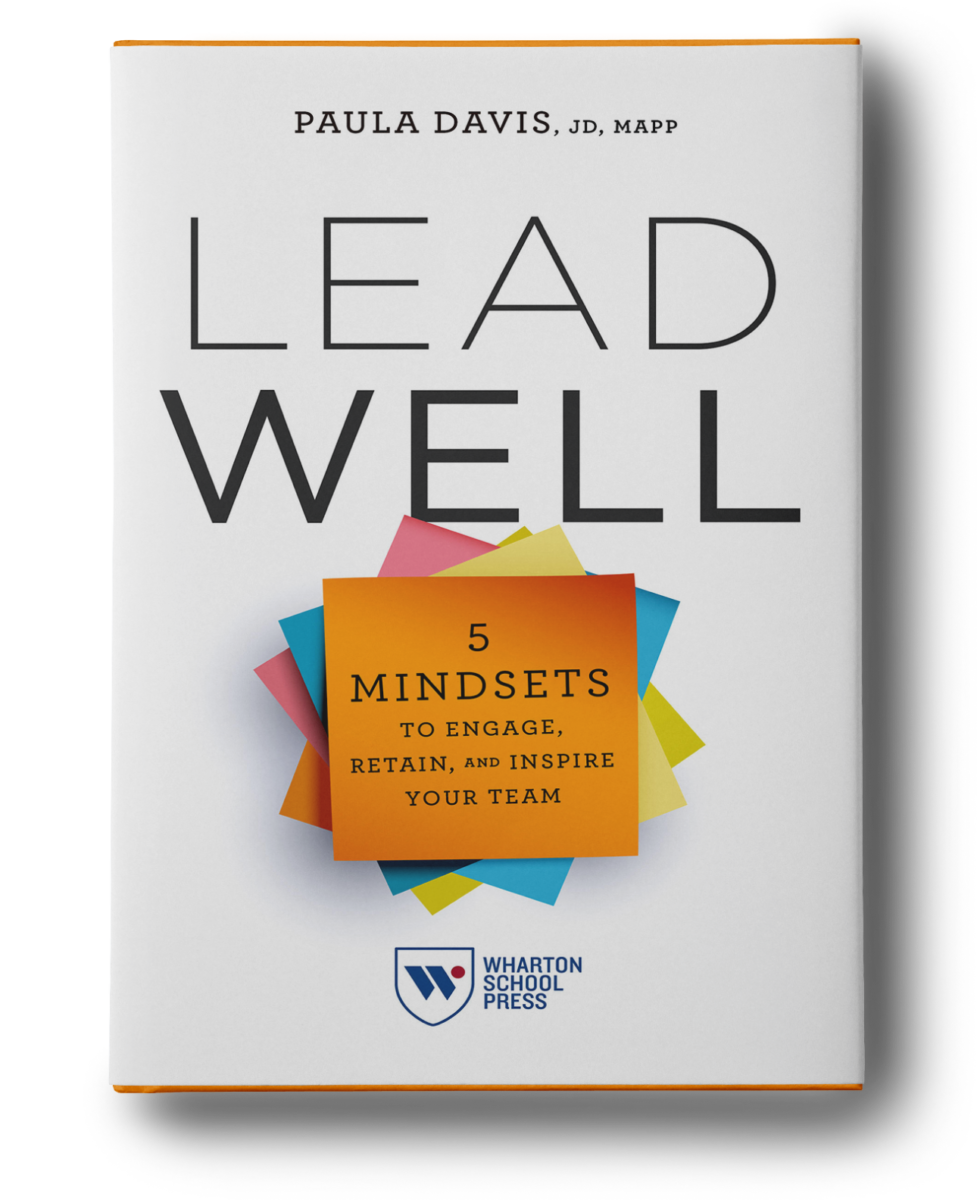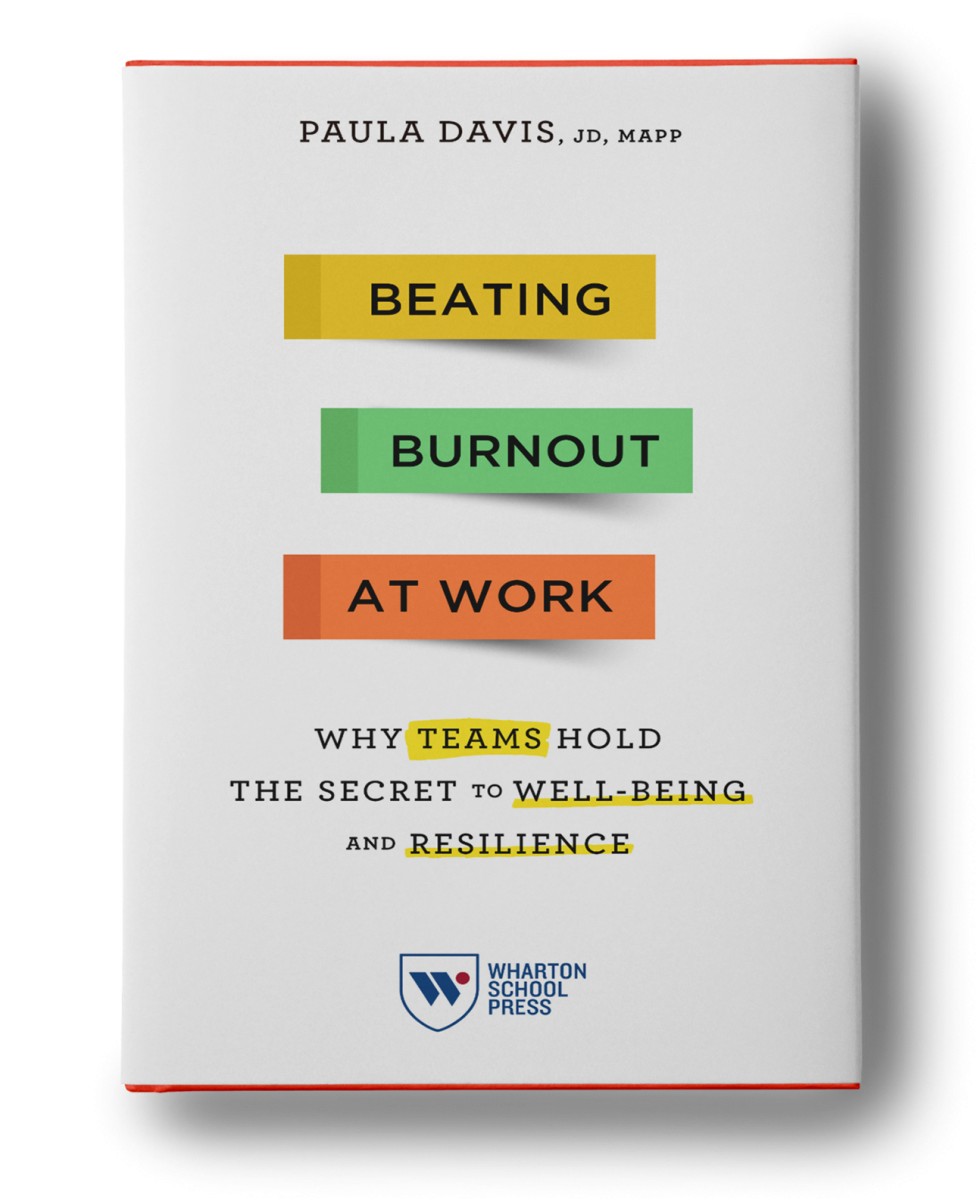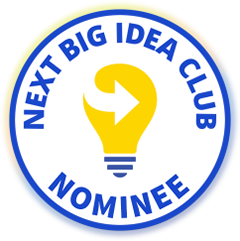Last year, I was asked to speak to a group of senior leaders from a variety of industries. I had been writing my new book, Lead Well, for about three months, and I was trying out some new material. I had planned to say something about the importance of hope in my last chapter, but I hadn’t yet worked out the best way to talk about it. As soon as I said the word, about a dozen hands shot up. I called on one person, who was a senior leader in HR at a manufacturing company, and she asked, “Could you please explain what you mean by hope? You said hope is an important concept at work, but how do you counter all the experts we hear from who say hope is not a business strategy?” All the other hands went down as the heads nodded in unison.
I started by telling them that I have a unique connection to the science of hope. Much of what we know about hope comes from the research of psychologist Dr. C.R. “Rick” Snyder. When Dr. Snyder passed, his research pursuits continued to be advanced by Dr. Shane Lopez, a trusted colleague, and Dr. Lopez was my master’s thesis advisor at the University of Pennsylvania. Fast forward to today, and new research shows that the thing teams want most from their leaders is hope (followed by trust, compassion, and stability).
Dr. Snyder and his colleagues discovered that hope is actually a very active, cognitive process characterized by the following three components (or beliefs):
- Goals. Dr. Snyder often described hope with this phrase: “You can get there (where you want to be) from here (where you are now).” He believed that work and life are made up of many thousands of instances in which you think about and figure out how to get from Point A to Point B. As such, hope starts with a goal. You seek out and identify an idea of where you want to go and what you want to accomplish, whether next month or next year. Hope is built from the goals that matter most to you and your team.
- Pathways. Once you identify your goals, you need to seek out and identify the multiple pathways that can help you accomplish them (like the people who can help, the strengths of the people on your team, or other tangible and intangible resources). You need to pick the most appropriate routes for your situation and monitor progress over time. You also need to be aware of and anticipate the obstacles you may encounter and plan for them in advance.
- Agency. You must cultivate the belief that you can make your goals happen. There is a strong agency component to hope – over time, you build the capacity for persistence and long-term effort.
The problem is that hope often gets conflated with optimism or wishing, both of which are passive states. When you hope, you have both high expectations for the future and a realistic view of the obstacles that you may need to overcome to achieve your goal. Phrases like “don’t lose hope” or “think positively,” while often well-intentioned, are really wishing disguised as hope and can actually undermine your efforts. Optimism is generally a mindset or attitude where you expect good things to happen. It’s more about maintaining a positive belief that things will work out well, regardless of the specific circumstances.
Importantly, there are good business and well-being outcomes associated with hope. First, hope and productivity are connected. Hopeful salespeople reach their quotas more often, hopeful mortgage brokers process and close more loans, and hopeful managing executives meet their quarterly goals more frequently.
In addition, hope is an important aspect of resilience. People with high levels of hope typically generate more strategies for effectively coping with stress and express a greater likelihood of using one of the strategies generated. High-hope people are flexible, accurate and thorough thinkers – they have the cognitive flexibility to find alternative solutions when they get knocked off course.
Finally, people with higher levels of hope often have close connections with other people because they are interested in other people’s goals and lives. Research also shows that high-hope people have an enhanced ability to take the perspective of others and enjoy interacting with other people. Higher levels of hope are also associated with more perceived social support, more social competence and less loneliness.
Here are four powerful strategies to spark hope:
Provide role clarity. When leaders give their teams clear plans and goals, it helps to defeat our brain’s response to unpredictability and uncertainty, and it activates hope by illuminating possible pathways toward project completion or goal accomplishment.
Use micro-goals to build momentum. When you’re feeling stressed or stuck, remember that forward momentum of any kind helps. What’s something you and your team can do to achieve a “win” in 20 or 30 minutes? It could be as simple as responding to a few emails on your to-do list. Then apply that momentum to the challenge at hand.
Track progress. One of the biggest things you and your team can do to build the momentum of hope is to make progress in your work and talk about it. Small wins and milestones often evoke outsized positive reactions. And, and important by-product of progress is efficacy – the agency component of hope. Small wins help fuel the belief that you are on the right track and have the power to accomplish the goals you want.
Find mastery experiences. Mastery experiences also build efficacy and comes from continuous learning and adapting. As you learn new skills and master new challenges, your beliefs about your skills and capabilities generally increase, permanently changing what you believe you (and your team) are capable of. The most effective way to increase your sense of efficacy is to learn by doing. You need to seek out opportunities to try a skill that you find challenging or want to learn more about.
While I’m sure I persuaded a few folks, not everyone was convinced. When I reviewed the workshop feedback, several attendees wrote “hope is not a business strategy.” We’ll just have to agree to disagree. I think hope is inspiring. Dr. Shane Lopez said it best: “Followers look to leaders to capitalize on the spirit and ideas of the times, to dream big, and to motivate them toward a meaningful future.” We are in desperate need of this capacity in our work and in our world.
For more information and support go to our On-Demand Resource Center.







